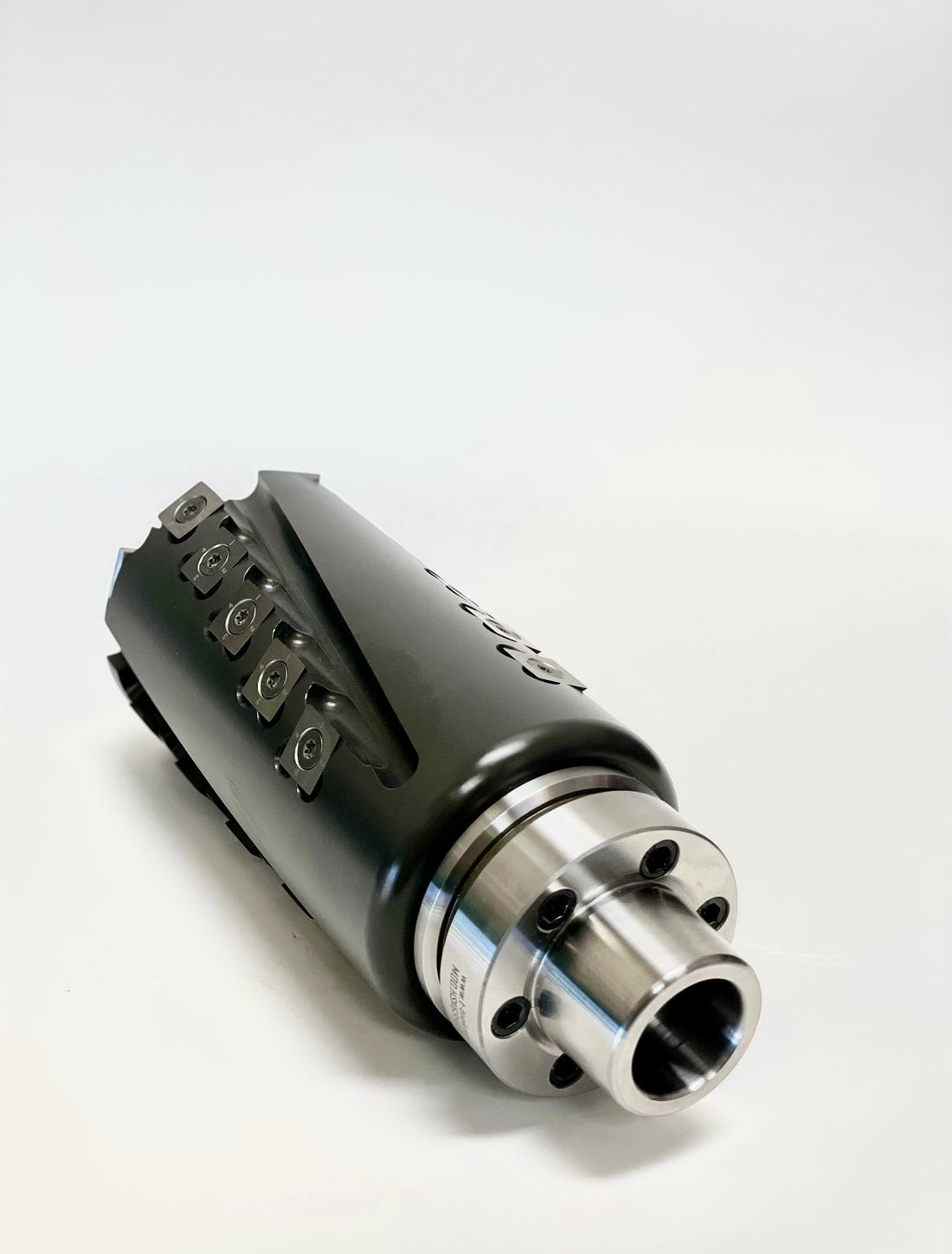
Sharpening PCD Tooling: How to Maintain Peak Performance
Share
Diamond (PCD) tooling is widely used in woodworking production and manufacturing due to its exceptional durability and cutting precision. However, maintaining diamond cutters requires specialized sharpening techniques to keep them performing at their best.
Unlike carbide tools, PCD tools should not be sharpened with standard grinding methods. Instead, they require high-precision grinding with diamond-coated wheels to restore cutting edges without damaging the tool. Maintaining the correct cutting angles and edge integrity is critical for performance. A poorly sharpened diamond tool can chip easily, reducing its lifespan and cutting efficiency.
Knowing when to sharpen is just as important as how. A dull diamond cutter can leave burn marks, cause tear-out, and require increased cutting pressure, which strains both the tool and the machine. If you notice excessive heat buildup, reduced cutting speed, or rough finishes, it's time for sharpening.
Regular maintenance extends the life of diamond tooling, reduces material waste, and improves overall efficiency. Partnering with a professional sharpening service ensures precision and prevents overgrinding, which can shorten tool life. While diamond tools are a premium investment, proper sharpening keeps them running efficiently for years, ultimately saving money in replacement costs.
